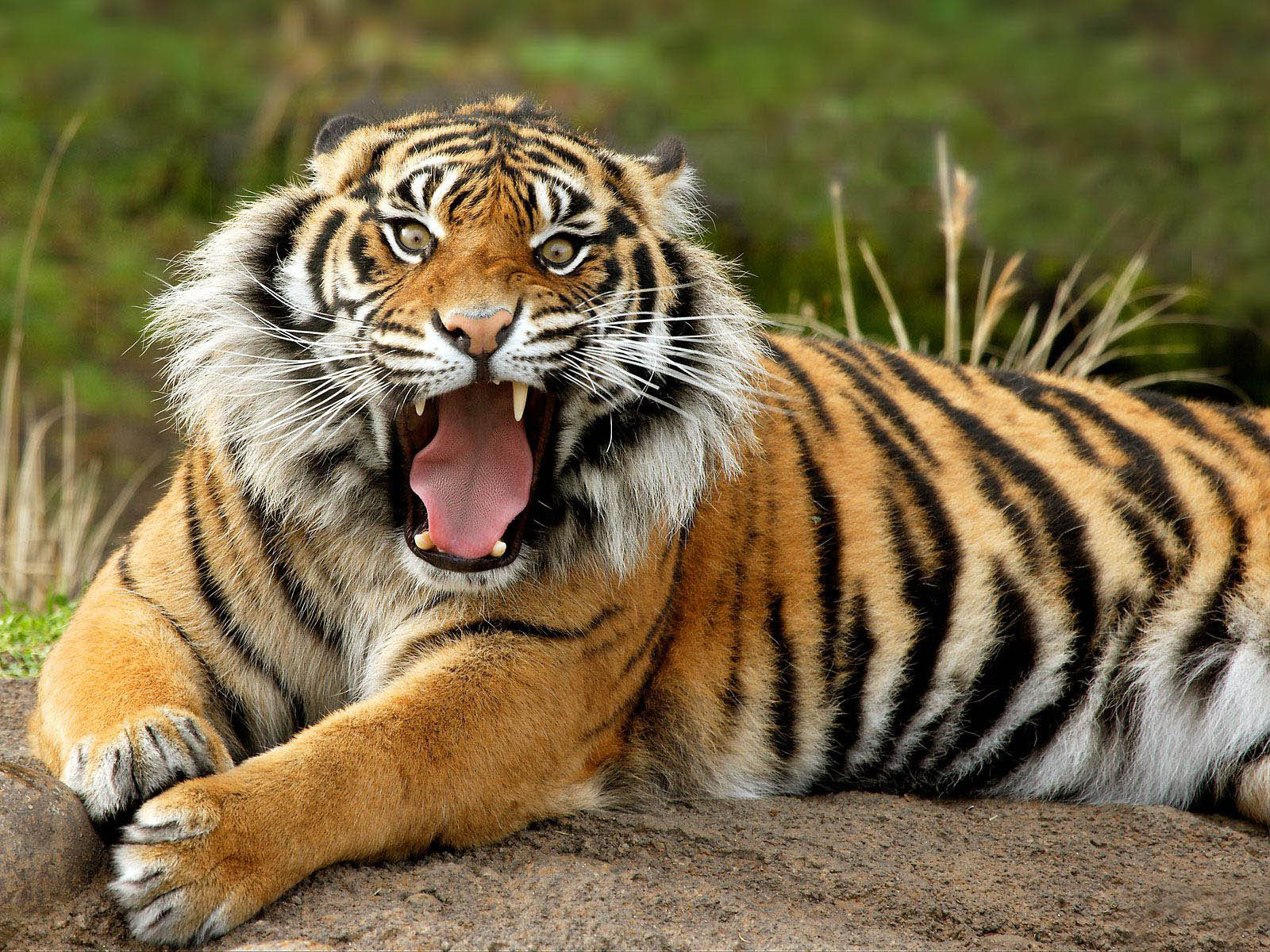Exploring The Fascinating World Of Wild Animals
Wild animals are not just a part of our planet; they are the essence of its biodiversity and the indicators of its health. From the majestic elephants roaming the African savannahs to the elusive snow leopards in the Himalayas, wild animals captivate our imagination and play crucial roles in their ecosystems. Understanding wild animals is essential for conservation efforts, ecological balance, and appreciating the natural world around us.
In this comprehensive article, we will delve deep into the world of wild animals, exploring their habitats, behaviors, and the threats they face. Whether you are a wildlife enthusiast, a student, or someone looking to understand more about the wild, this guide will provide valuable insights into the lives of these magnificent creatures.
Join us as we embark on a journey through different ecosystems, learn about various species, and uncover the importance of preserving their habitats. Our exploration of wild animals will not only be informative but will also inspire action towards wildlife conservation.
Table of Contents
- What Are Wild Animals?
- Importance of Wild Animals
- Types of Wild Animals
- Habitats of Wild Animals
- Threats to Wild Animals
- Conservation Efforts for Wild Animals
- Wildlife Encounters: What to Expect
- Conclusion
What Are Wild Animals?
Wild animals refer to non-domesticated species that live and thrive in their natural environments. They range from large mammals like lions and tigers to small insects like butterflies. Unlike domesticated animals, wild animals have not been selectively bred by humans for specific traits.
Wild animals are crucial for maintaining ecological balance. They play various roles in their ecosystems, such as predators, prey, pollinators, and scavengers. Understanding wild animals involves studying their behaviors, interactions, and habitats.
Importance of Wild Animals
Wild animals are vital for numerous reasons, including:
- Biodiversity: They contribute to the planet's biodiversity, ensuring healthy ecosystems.
- Ecological Balance: Predators help control prey populations, preventing overgrazing and promoting vegetation growth.
- Pollination: Many wild animals, such as bees and bats, are essential for pollinating plants, which is crucial for food production.
- Cultural Significance: Wild animals hold cultural importance for many communities and are often featured in folklore and traditions.
Types of Wild Animals
Wild animals can be categorized into various groups based on their biological characteristics. Below are the primary types of wild animals:
Mammals
Mammals are warm-blooded animals that have fur or hair and typically give live birth. Examples include:
- Lions
- Elephants
- Bears
- Whales
Birds
Birds are characterized by feathers, beaks, and the ability to lay eggs. They inhabit almost every ecosystem on Earth. Examples include:
- Eagles
- Parrots
- Penguins
- Flamingos
Reptiles
Reptiles are cold-blooded vertebrates that have scales. They are primarily found in warm climates. Examples include:
- Crocodiles
- Snakes
- Turtles
- Lizards
Amphibians
Amphibians are animals that can live both in water and on land. They typically undergo metamorphosis. Examples include:
- Frogs
- Toads
- Salamanders
- Newts
Fish
Fish are aquatic animals that have gills for breathing and fins for swimming. They are found in oceans, rivers, and lakes. Examples include:
- Sharks
- Salmon
- Tuna
- Goldfish
Habitats of Wild Animals
Wild animals inhabit various ecosystems, each providing unique resources and conditions. Major habitats include:
- Forests: Home to a diverse range of species including mammals, birds, and insects.
- Grasslands: Support large herbivores and their predators.
- Deserts: Host specially adapted animals that can survive with minimal water.
- Wetlands: Provide rich resources for amphibians, birds, and fish.
- Oceans: The largest habitat on Earth, home to countless marine species.
Threats to Wild Animals
Wild animals face numerous threats, many of which are caused by human activities. Key threats include:
- Habitat Loss: Deforestation, urbanization, and agriculture lead to the destruction of natural habitats.
- Poaching: Illegal hunting poses a significant threat to many species, particularly those with valuable body parts.
- Climate Change: Alters habitats and food availability, affecting animal survival.
- Pollution: Contaminates ecosystems and harms wildlife health.
Conservation Efforts for Wild Animals
Efforts to protect wild animals are critical for biodiversity and ecological balance. Some effective conservation strategies include:
- Protected Areas: Establishing national parks and wildlife reserves to safeguard habitats.
- Legislation: Enforcing laws against poaching and illegal trade of wildlife.
- Community Involvement: Engaging local communities in conservation efforts.
- Awareness Campaigns: Educating the public about the importance of wildlife conservation.
Wildlife Encounters: What to Expect
Encountering wild animals in their natural habitats can be a thrilling experience. Here are some tips for safe and responsible wildlife encounters:
- Keep a safe distance and avoid feeding wild animals.
- Respect their space and observe quietly.
- Follow local guidelines and regulations when visiting wildlife areas.
- Consider eco-friendly tours that prioritize animal welfare and conservation.
Conclusion
Wild animals are integral to our planet's ecosystems and deserve our protection and respect. By understanding their importance, the threats they face, and how we can help, we can contribute to their conservation. Let us take action by supporting wildlife protection initiatives and spreading awareness about the significance of wild animals.
We invite you to share your thoughts on this article, leave a comment, or explore more about wildlife conservation. Together, we can make a difference for the wild animals that enrich our world.
Thank you for joining us in this exploration of wild animals. We hope to see you back here for more insightful articles on wildlife and nature!
Where Is Giannis Antetokounmpo From? Exploring The Roots Of The NBA Star
All About Stephen Curry's Daughter: A Deep Dive Into Her Life And Personality
Miley Cyrus New Song: A Deep Dive Into Her Latest Musical Journey


